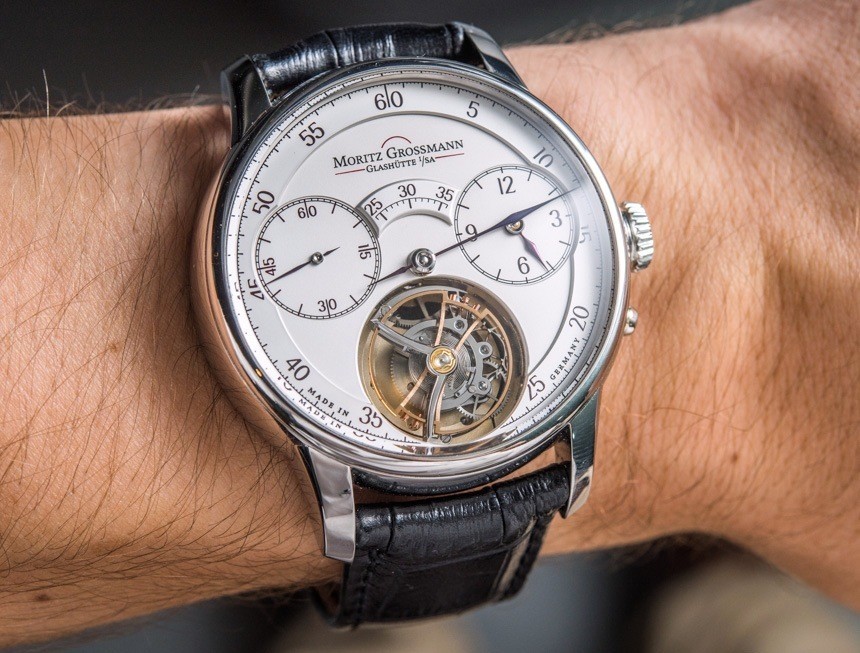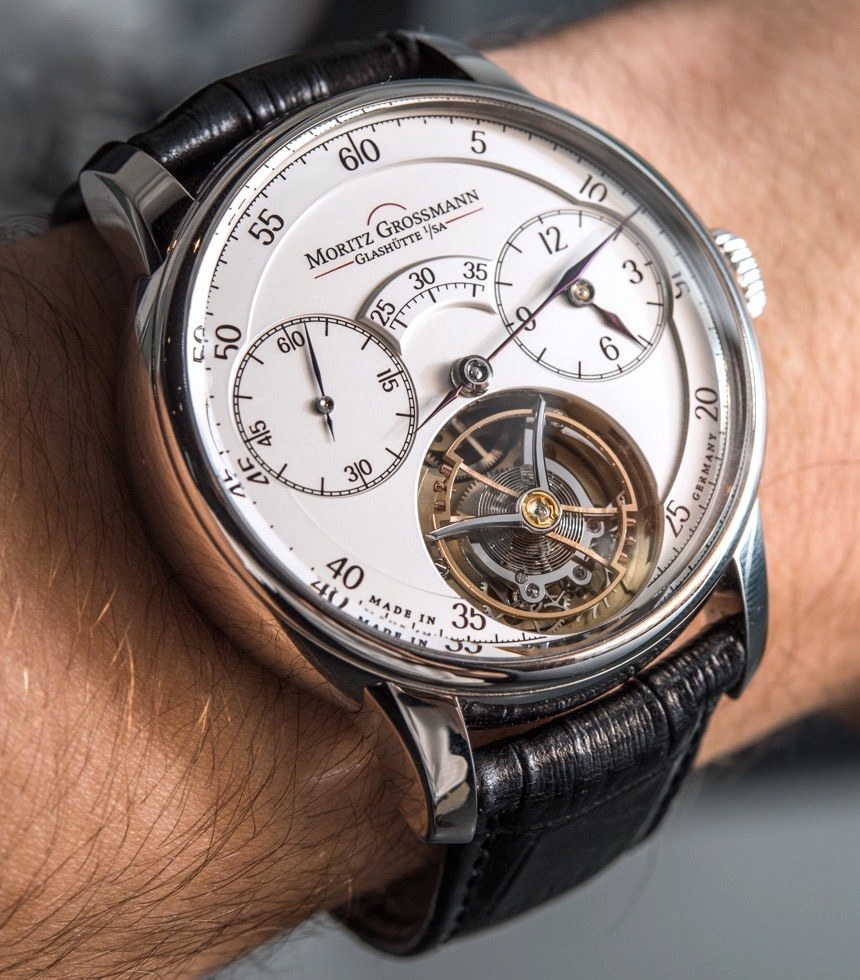
One of the newer yet very classically conceived German watch makers is Moritz Grossmann, another fine timepiece maker to hail from the small watchmaking town of Glashütte. With a focus on traditional German timepiece design as well as functionality, a keen attention to detail and conservative decorative elements help mark the products from the Moritz Grossmann brand. The current crown jewel of their collection is the Moritz Grossmann BENU Tourbillon, which I was happy to check out hands-on when I caught up with the brand at Dubai Watch Week recently.
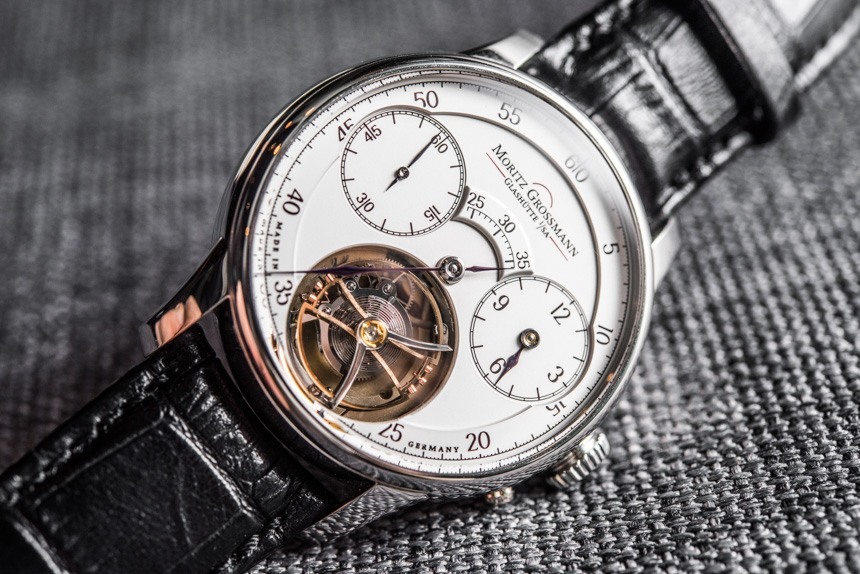
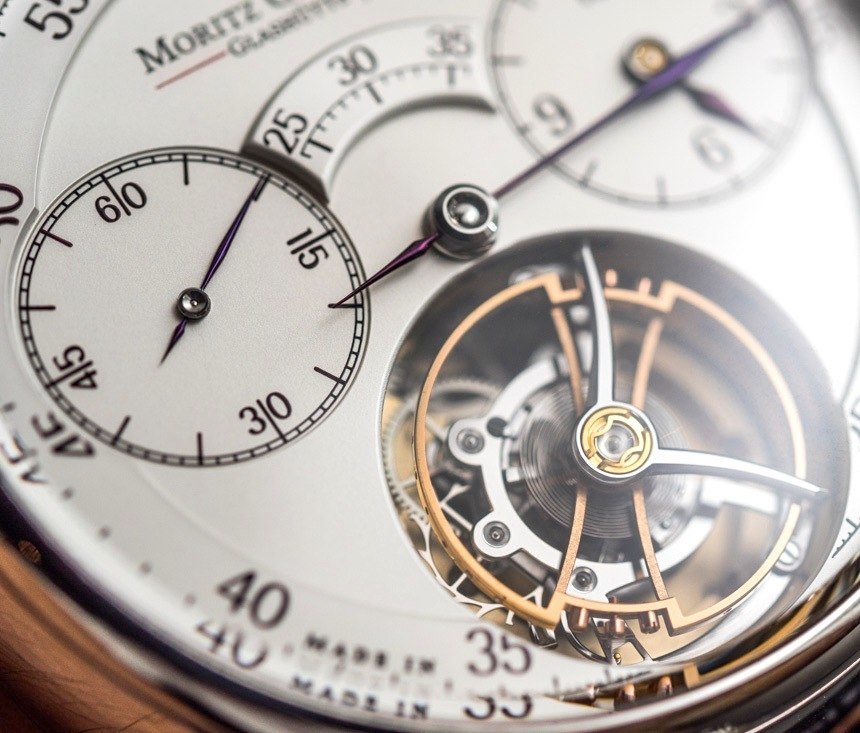
Numerous small details mark the Moritz Grossmann BENU Tourbillon as being distinct in the market, but at first glance, you would not be blamed for mistaking it for something from neighboring brand A. Lange & Sohne, also based in Glashütte. The truth is that Glashütte is so full of watch companies now, it is difficult to imagine how they have enough trained people (either there or willing to move there). With that said, independent of human resource concerns, the work from most Glashütte-based watch makers is not only among the best in the world in terms of quality, but also in a strict adherence (for the most part) to the idea that timepieces (no matter their level of luxury) should be, first and foremost, utilitarian items.
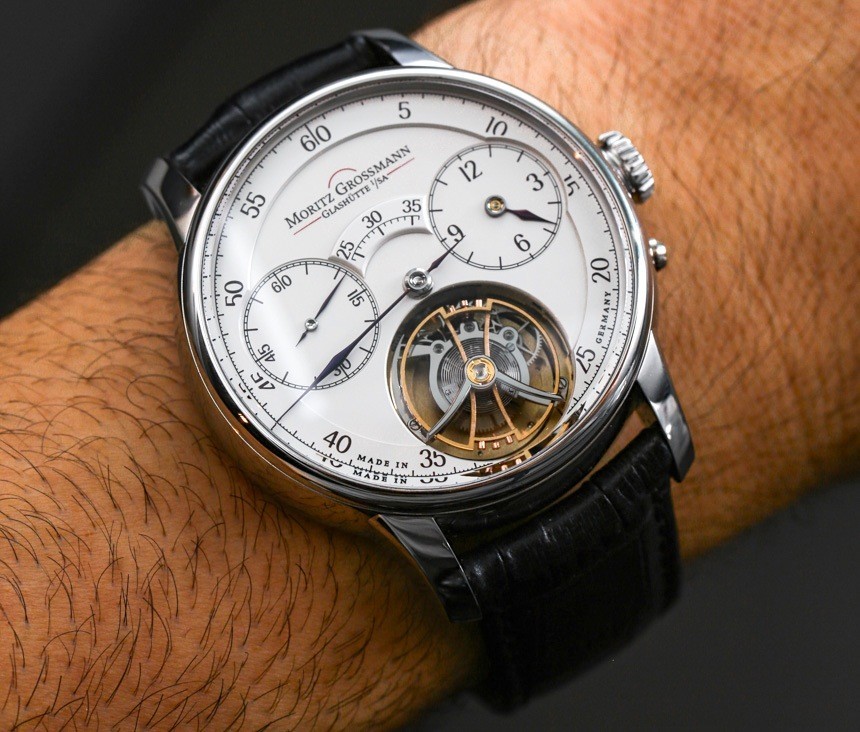
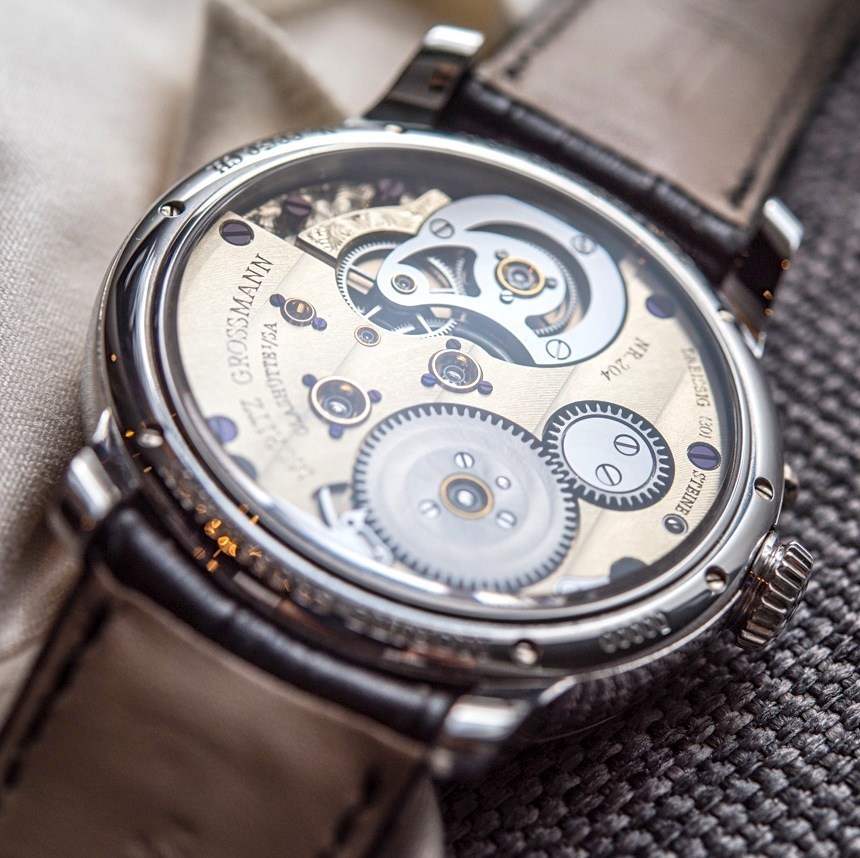
Knowing this should assist in appreciating some of the finer nuances of the Moritz Grossmann BENU Tourbillon, such as the fact the Moritz Grossmann produces the finely flame-colored hands in-house and that their unique tourbillon mechanism has a stop-seconds system which literally uses a small brush that connects with the escapement to pause it. This is not entirely unlike A. Lange & Sohne’s system they designed years back to offer a stop-seconds function to their tourbillons, but Moritz Grossmann does it a little bit differently.
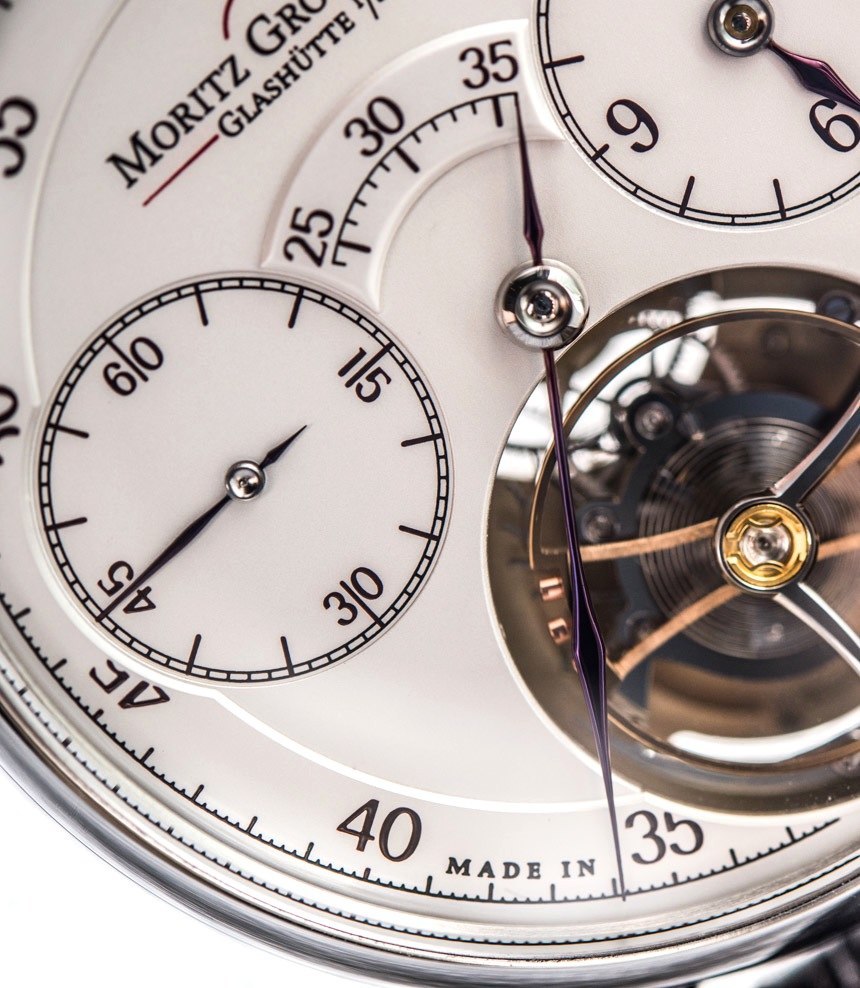
The patent-pending system to pause the operation of the balance wheel in this Moritz Grossmann tourbillon is known as the “Stopp Second” system and uses a fine “elastic brush with human hair” to stop the balance wheel. Why, again, do you want to temporarily pause the balance wheel? This allows the wearer to more precisely set the time, as without a stop-seconds function, when you pull the crown out, the seconds hand keeps going. While not entirely uncommon in more traditional watch movements, the vast majority of tourbillon watches do not have a stop-seconds system. The addition of a stop-seconds system to a tourbillon-based movement simply allows the user to set the time more precisely.
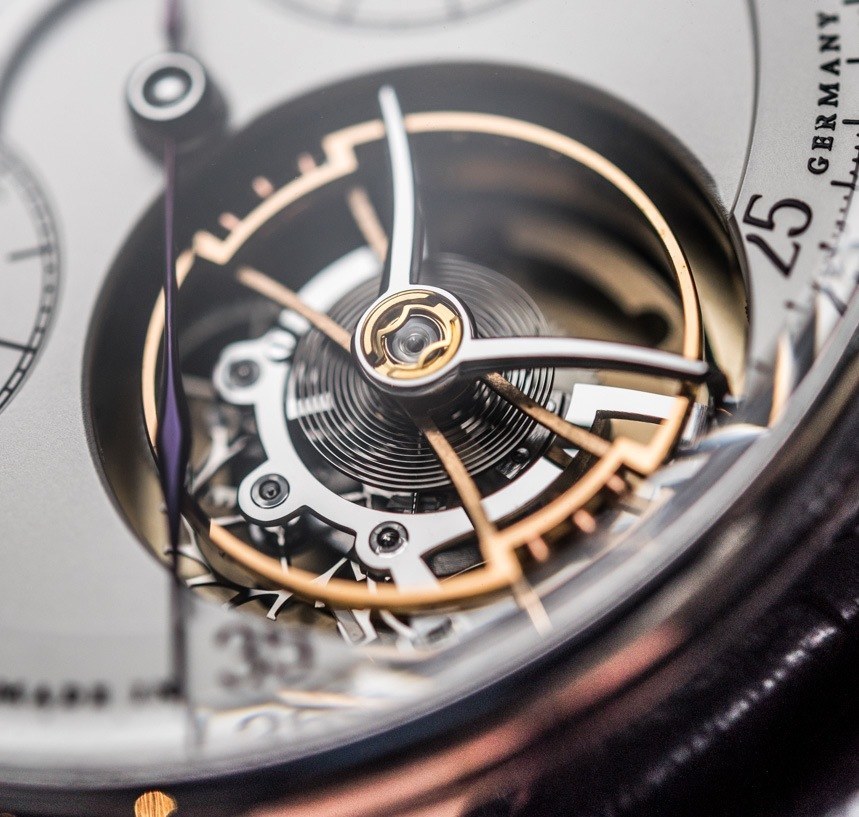
In the Moritz Grossmann BENU Tourbillon, when the crown is pulled out, the tiny, soft brush pulls against the oscillating balance wheel and stops it until the brush is removed when the crown goes back in. Actually, you need to press a small pusher under the crown to start the time-running mode and disengage the brush. If I recall correctly, I was actually asked not to take pictures of this small element (and you won’t find anything really telling on their website, either) due to fears that others would try to copy it.
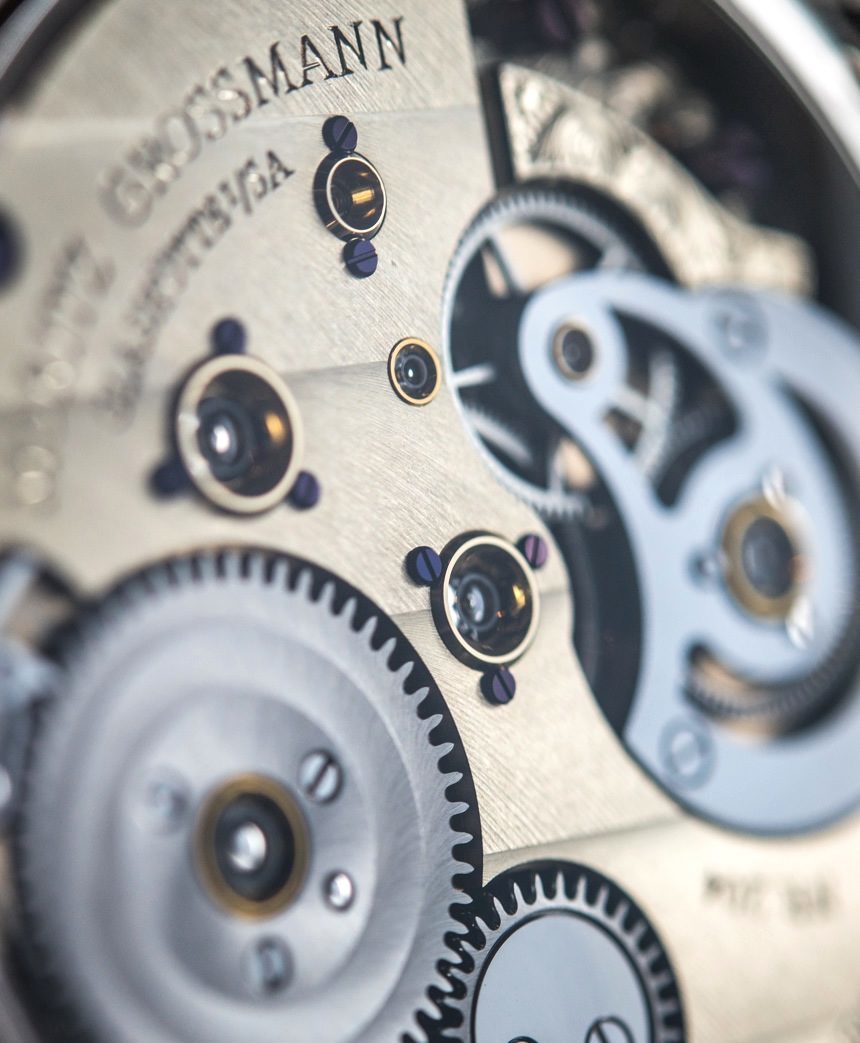
The system works well, and you can see the small hair brush when you look closely at the watch. My real question is “whose hair is actually being used in these limited edition watches?” If Moritz Grossmann wanted, I bet they could team up with Swiss DeWitt to put some of Napoleon Bonaparte’s hair in some of these timepieces. Make up your own humorous marketing slogans for how that would go…
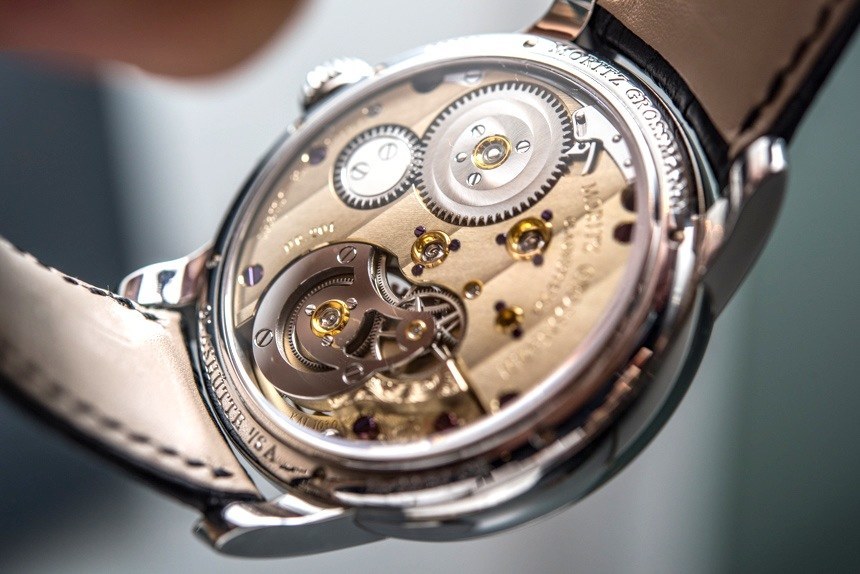
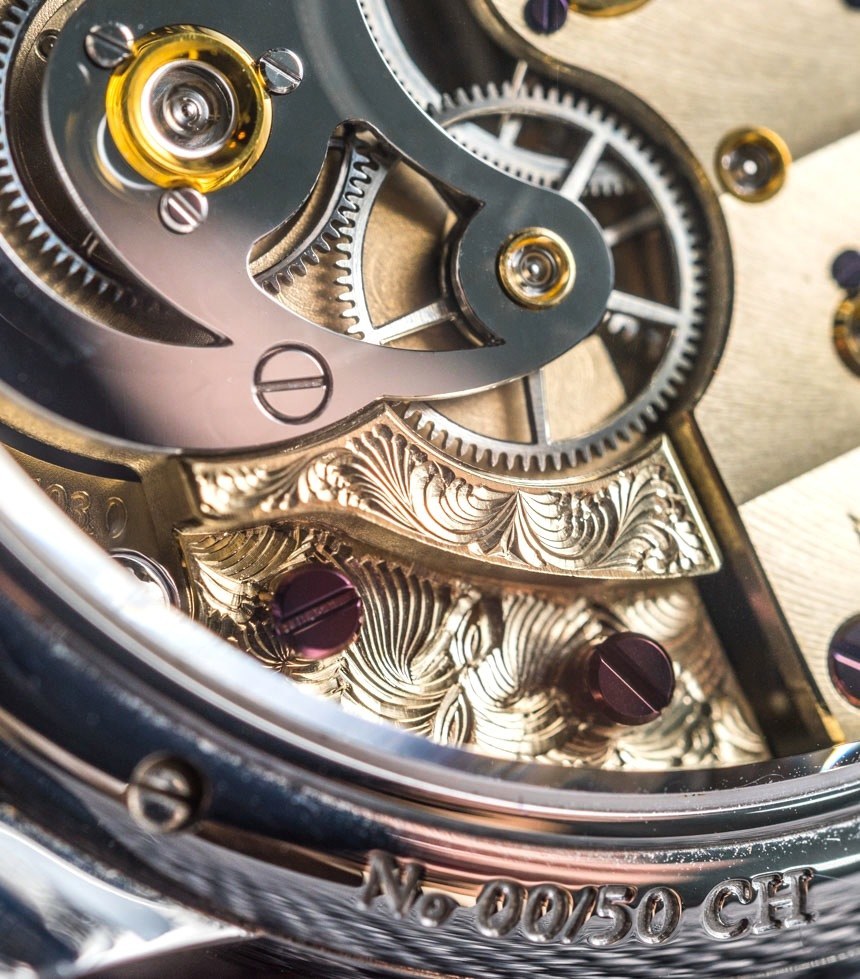
The in-house-made Moritz Grossmann caliber 103.0 manually wound movement has a lot of little tricks up its sleeve, most of which are pulled from various eras in watchmaking history intended to make the movement more accurate, more reliable, and more durable. All great features, I’ll let the most serious of our horologically inclined readers peruse these additional details on Moritz Grossmann’s website here. There, you can read about (in addition to other cool details) how Moritz Grossmann uses Guaiacum wood (as in tree wood) for the pinion break component as opposed to metal, which is something they learned about from the work of pioneering English watchmaker John Harrison.

